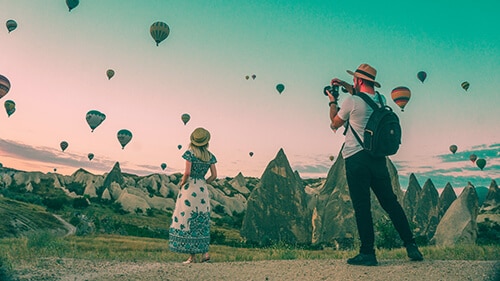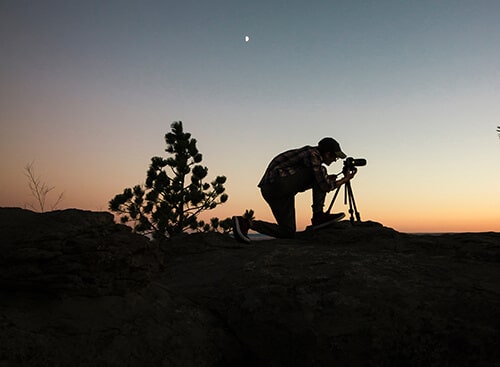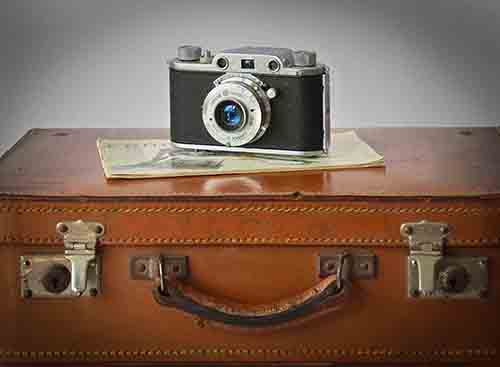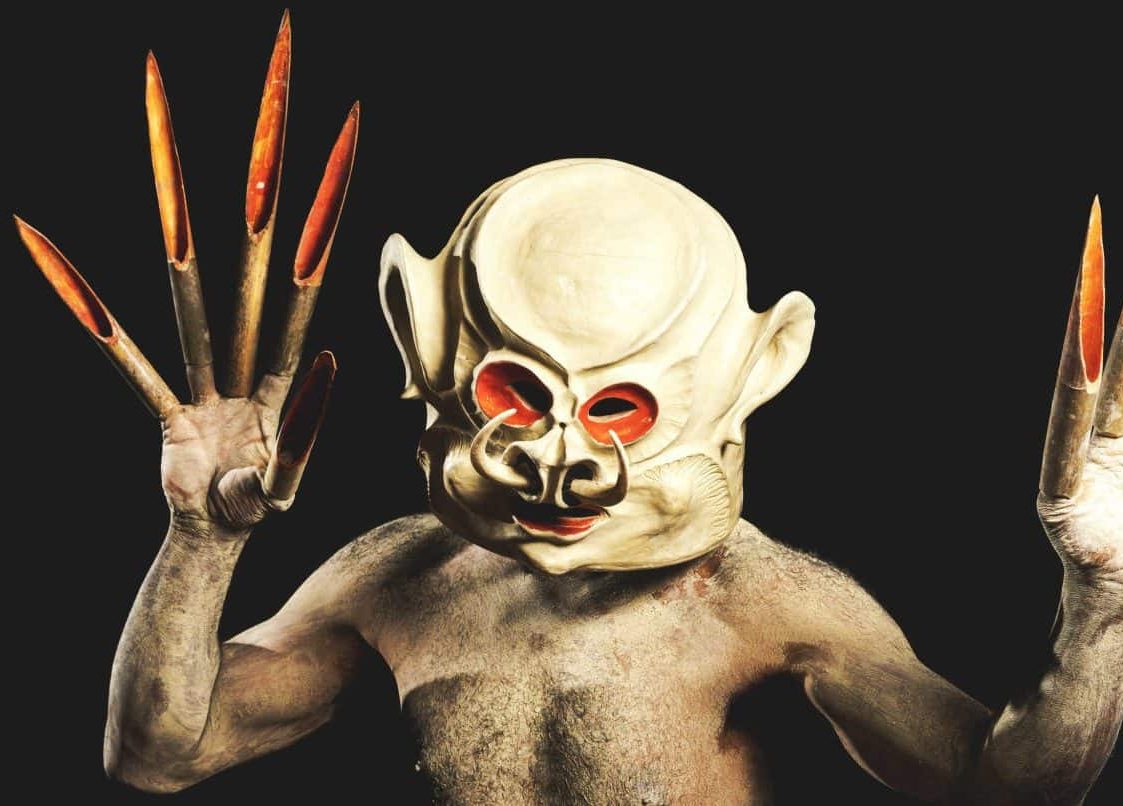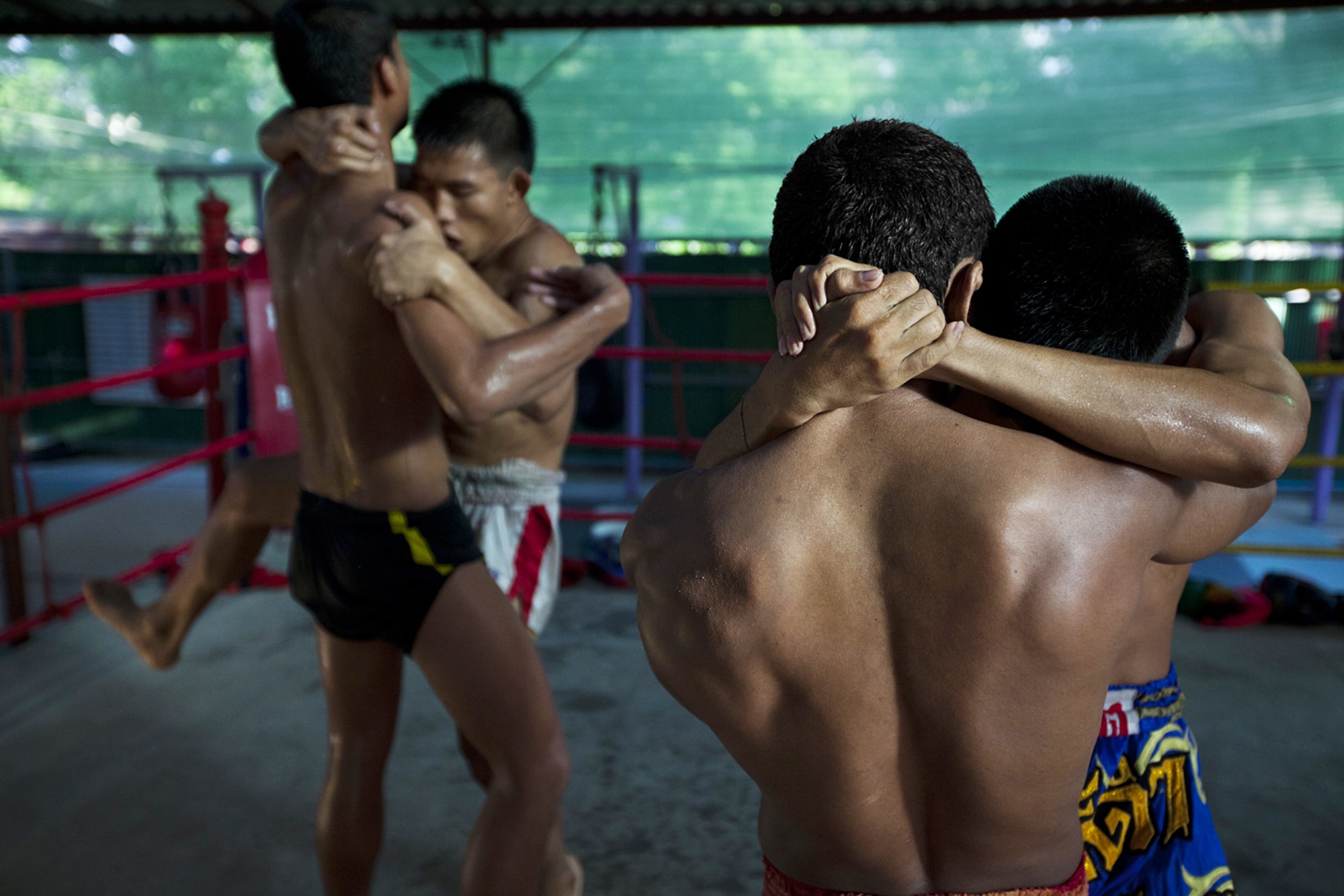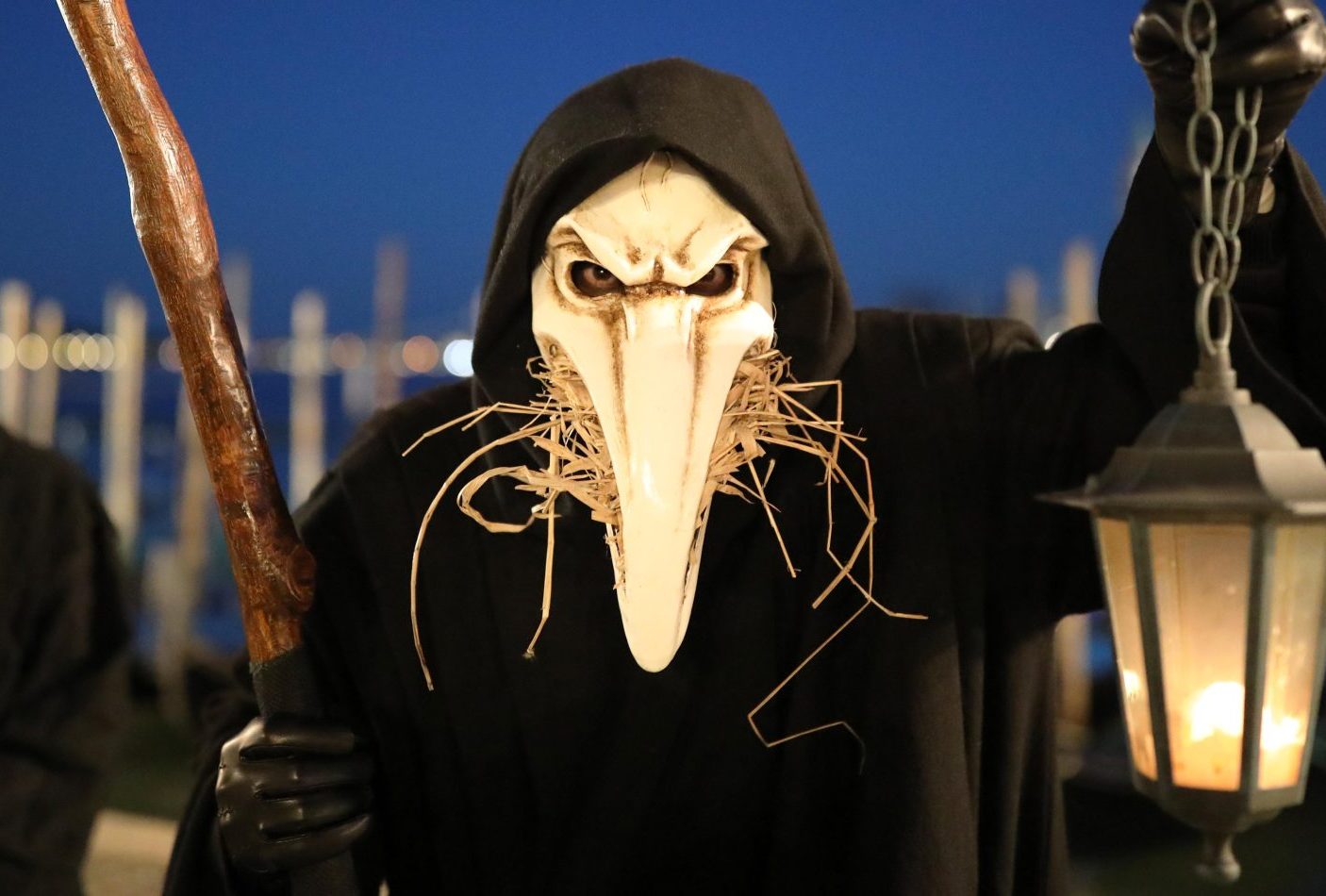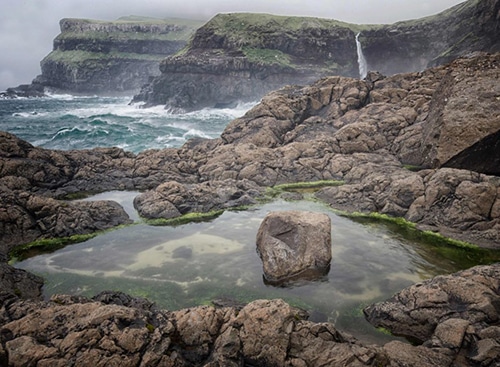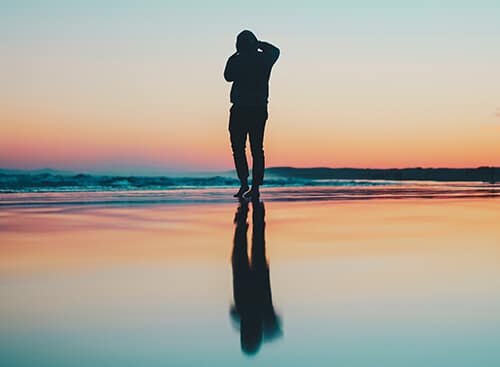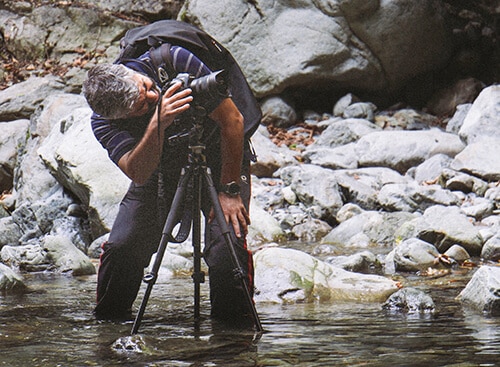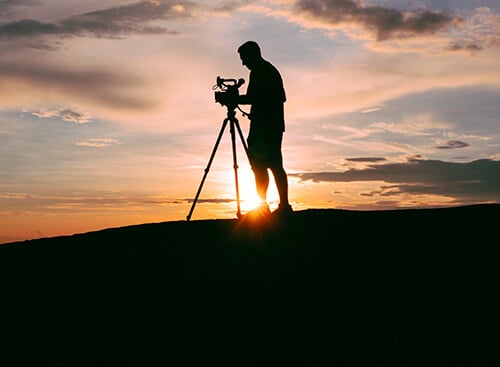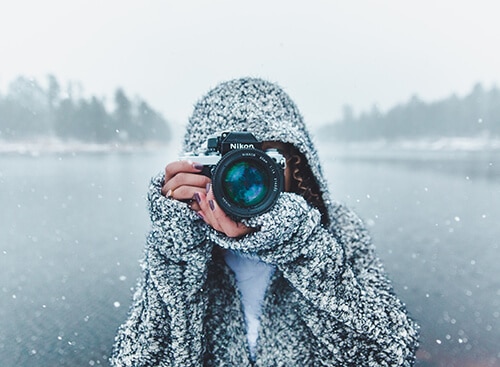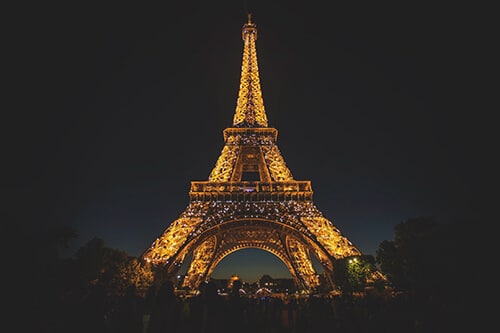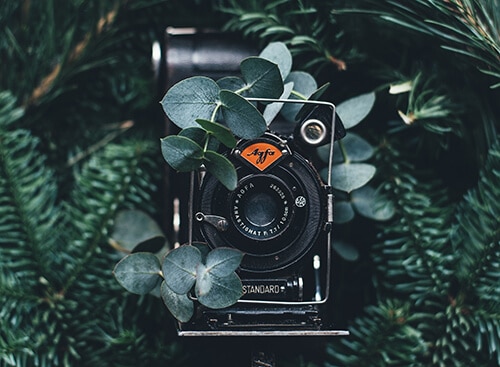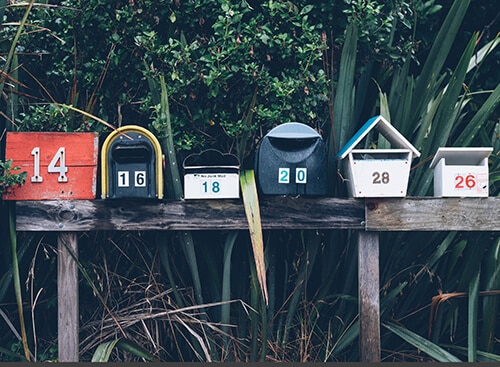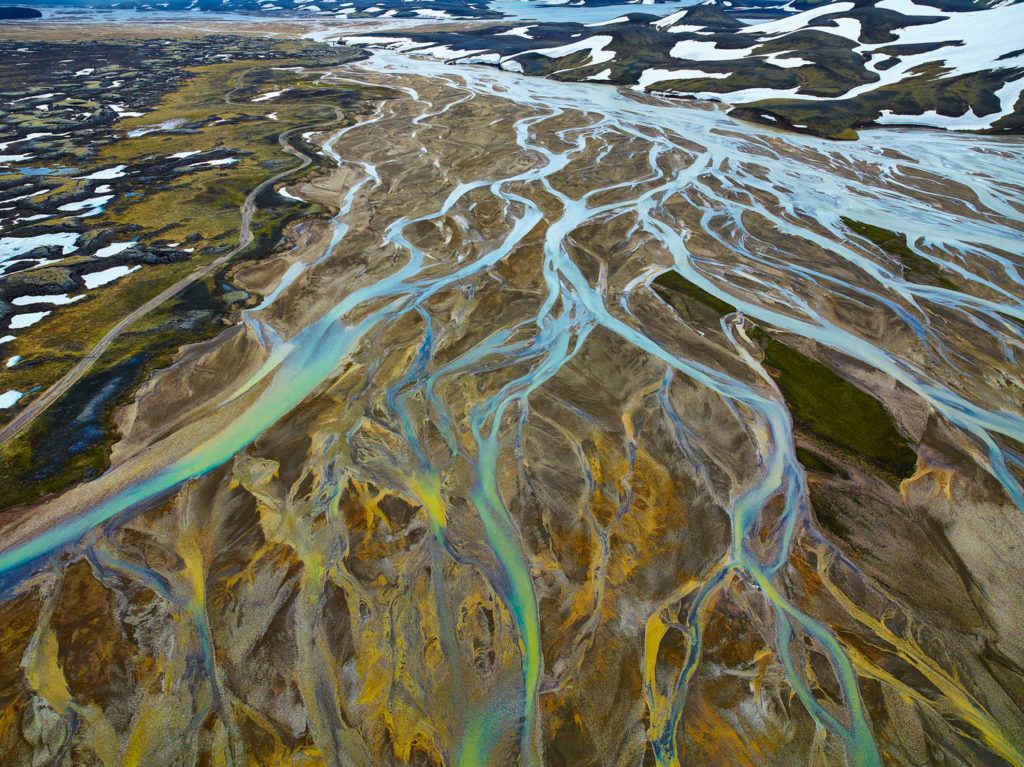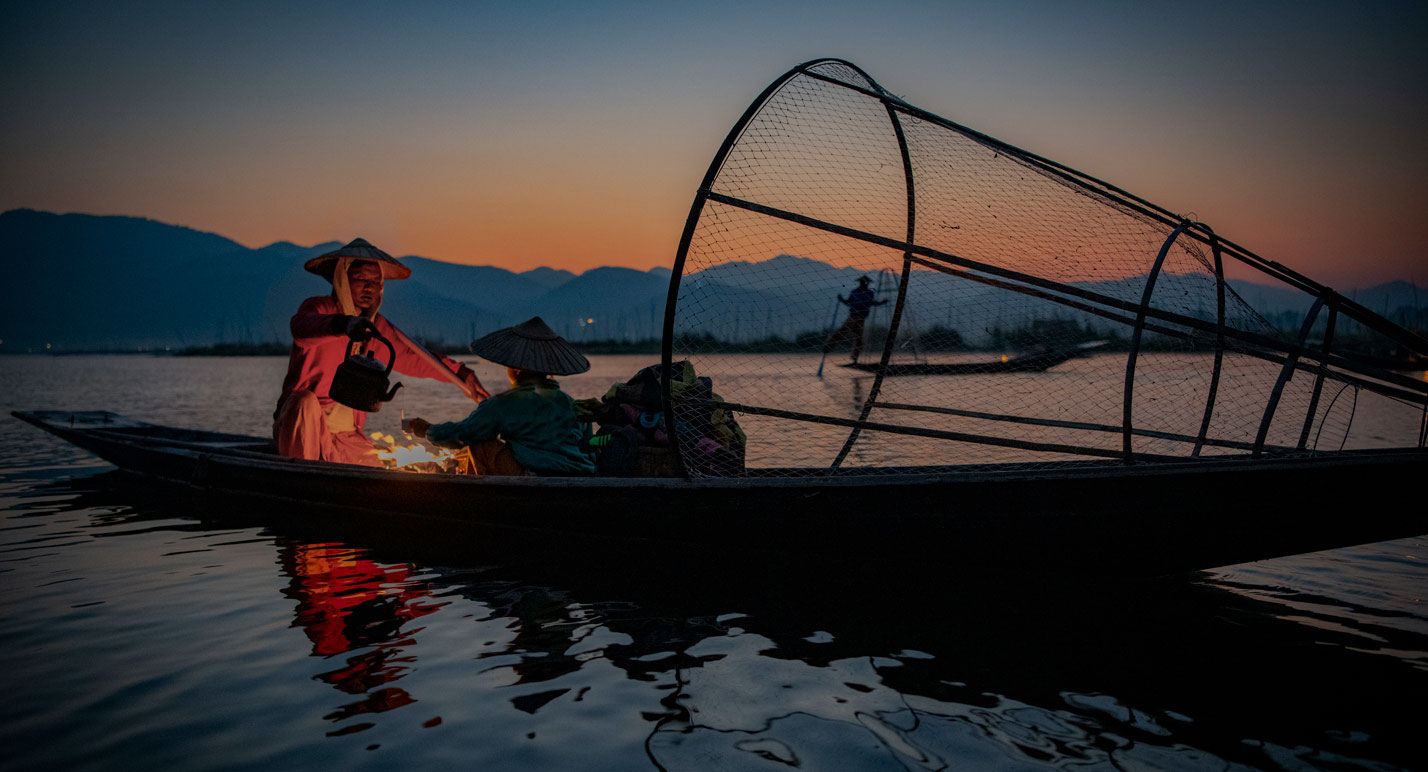Photography on Palawan by James Whitlow Delano
What should you bring to a photo adventure on the Philippines? And what do you need to be aware of before you go? Japan-based reportage photographer and visual storyteller James Whitlow Delano frequently travels to the Southeast Asian country. James will be the leader of our Better Moments Philippines photo workshop on Palawan. In the following he shares some of his best advice for any photographer traveling to the tropical country, especially those who will join our photo workshop.
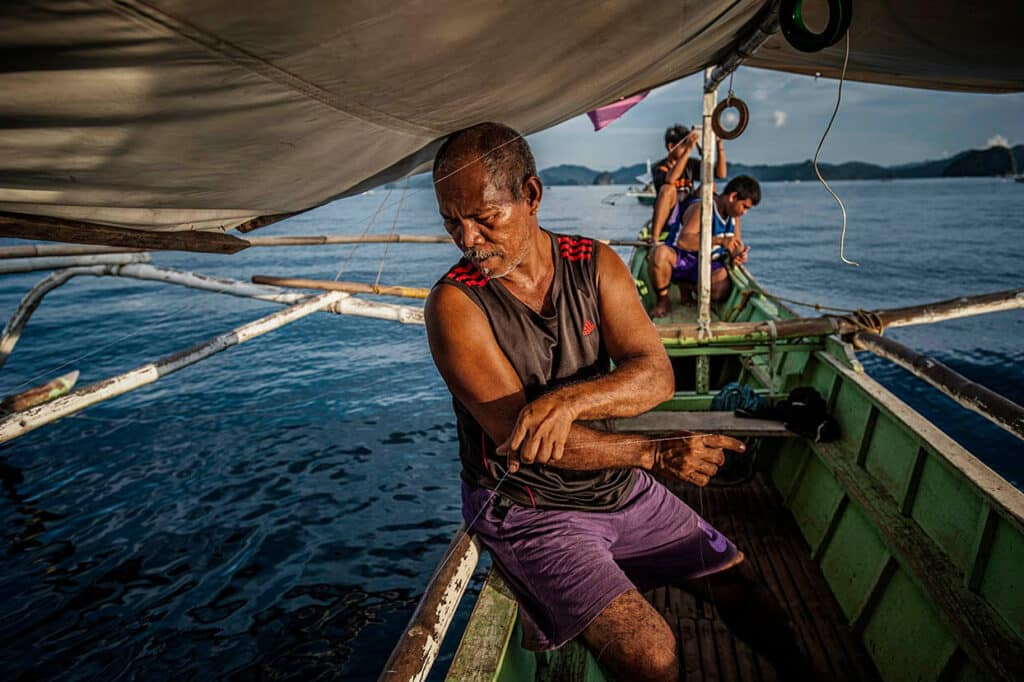
The challenge for every photographer is to find your own path and develop your own unique way of visual storytelling – in short, to produce one-of-a-kind work that illuminates your subject, through a powerful and authentic personal vision. It is hard to imagine any place richer in stories, colors and raw beauty that the island of Palawan. Palawan is more like an archipelago unto itself, with turquoise and azure bays, dotted with coral-fringed islands, karst outcrops and all carpeted with rainforest.
I will offer personalized instruction on how to create a project and bring it to fruition but before you arrive in Palawan a little preparation and research will go a long way.
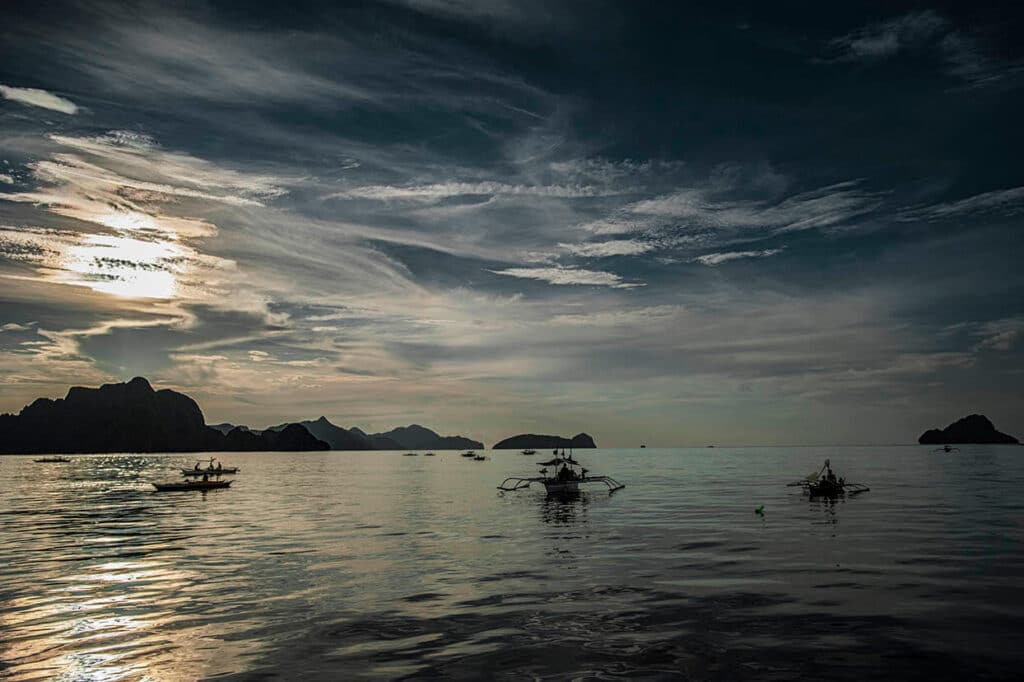
It’s all about the light
The light of Palawan is ever changing. So, unlike many places in the world, dramatic light may be found at any time of the day, thanks to billowing tropical clouds in the blue skies that forever filter and redirect the light. Still, when we have settled in a location, we will do our best to make it possible to return to a location that looked promising but the angle of light may not have been, at the time, just right. This will give you the opportunity to create images that stand apart and broaden your knowledge of light and form so that you do not have to settle for the photograph you can get at the moment but you can create that stronger image you know is possible.
Weather and facing the elements
Depending on the season, the weather can change from sun to rain and back to sun again several times during the day. Personally, I love the ever-changing clouds and constant flux of tropical weather but my equipment, on
the other hand, does not.
Whenever working in the tropics, on a boat or on the beach, and we will hit that trifecta on this trip, I always use a plastic camera “rain sleeve” protector that photographers often refer to as “camera condoms”. These inexpensive, clear sleeves have one small hole for the viewfinder and another larger hole for the lens with a pull string to seal the lens but leave the front of the lens open. The protectors will save a camera from a sudden downpour, seawater splashing up onto a moving boat or even blowing sand on a beach. I have no affiliation with this company but I do use their products which come in at around € 10.
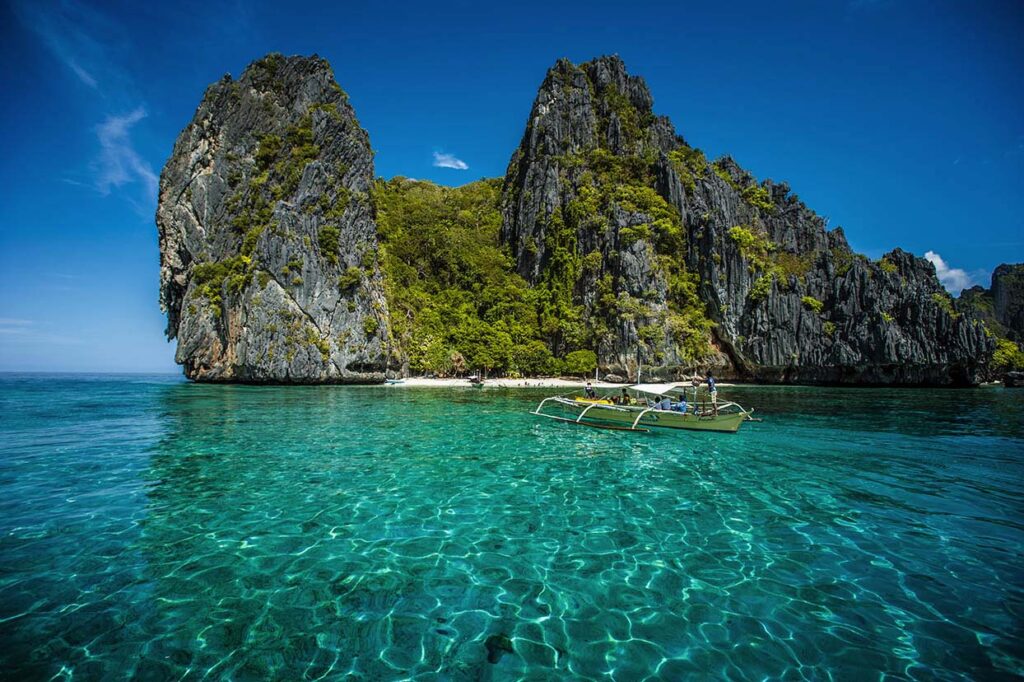
Part of getting out into the rainforest is getting to know the most diverse ecosystem on the planet intimately and it embracing you right back. That means bringing along proper clothing. Rain gear is a must, even if it remains folded up in your daypack unused most of the day. Some days, you will not need it at all but at other times, life-giving rain will come in short, but intense downpours. I find these times meditative for contemplating the power of nature, and, with a protected camera, these moments can offer up the most dramatic of all photographs. The rain may feel warm at first but it can be surprisingly cool after a rain, even in tropical Palawan. So, staying dry is important.
Wearing comfortable shoes with soles that provide traction is important for walking safely because as the name implies, rainforest’s floors are always a little muddy. Tread on rocks and exposed roots with care, especially walking downhill because they can be quite slippery. Even if Filipinos, who have lived in Palawan all their lives are scurrying by in flip-flops, remember, for the visitor, the footing can still be tricky.
Finally, mosquito repellant with DEET is a must. I have tried some of the organic mosquito repellants but, in the Philippines, it is not the time you want to discover that the repellant that worked for backyard mosquitos has little effect on their tropical cousins. DEET will keep mosquitos at bay.
So, in short, preparation brings comfort and Palawan, with minimal preparation, is as paradisical as it appears in photographs.
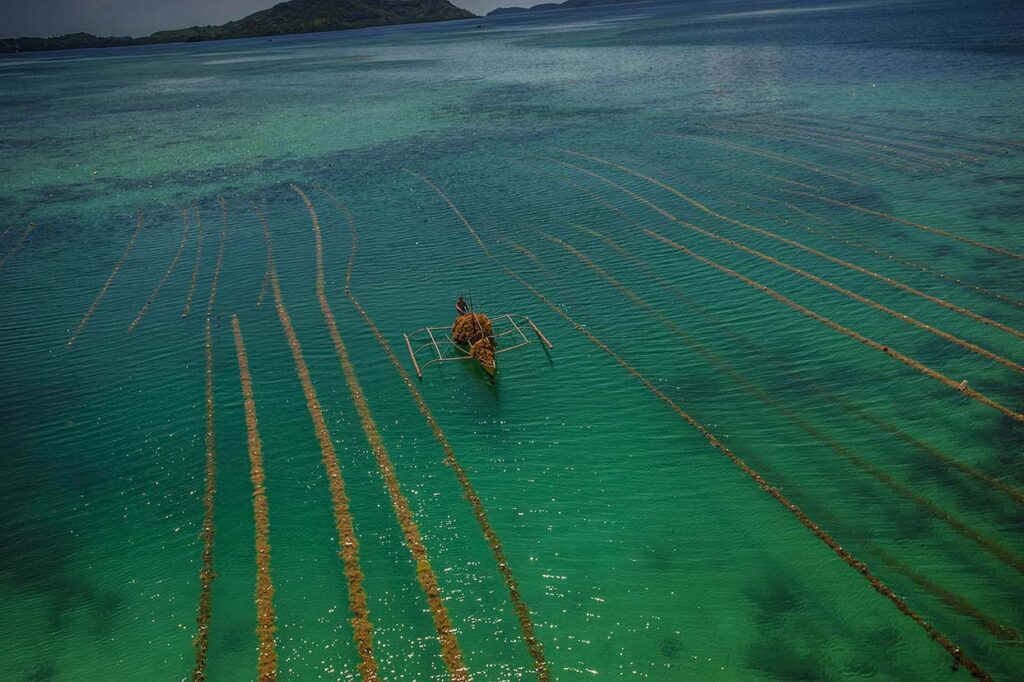
People and culture
For me, beyond the raw beauty of the Philippines, it has always been the people that draw me back. It is hard to imagine a more open and welcoming people than Filipinos. If you would like to make portraits of people there, of course, it is best to ask permission but, if experience has taught me anything, you will have far more local people requesting you make their portrait than the other way round.
I recommend doing your own research on the culture and history of the Philippines, in general, and Palawan, in particular, to better connect with the culture. It will give you an informed foundation upon which to learn more and
will infuse your photographs with deeper significance. I will personally focus with you on building concrete strategies towards developing your ideas & true potential, while deepening themes, and establishing an ongoing visual dialogue with your subject. This will be full immersion into the culture of a unique island gem. My emphasis will be to offer you strategies for creating photo essays that stand apart from the masses of images bombarding viewers every day so that your documentary style can be instantly recognizable.
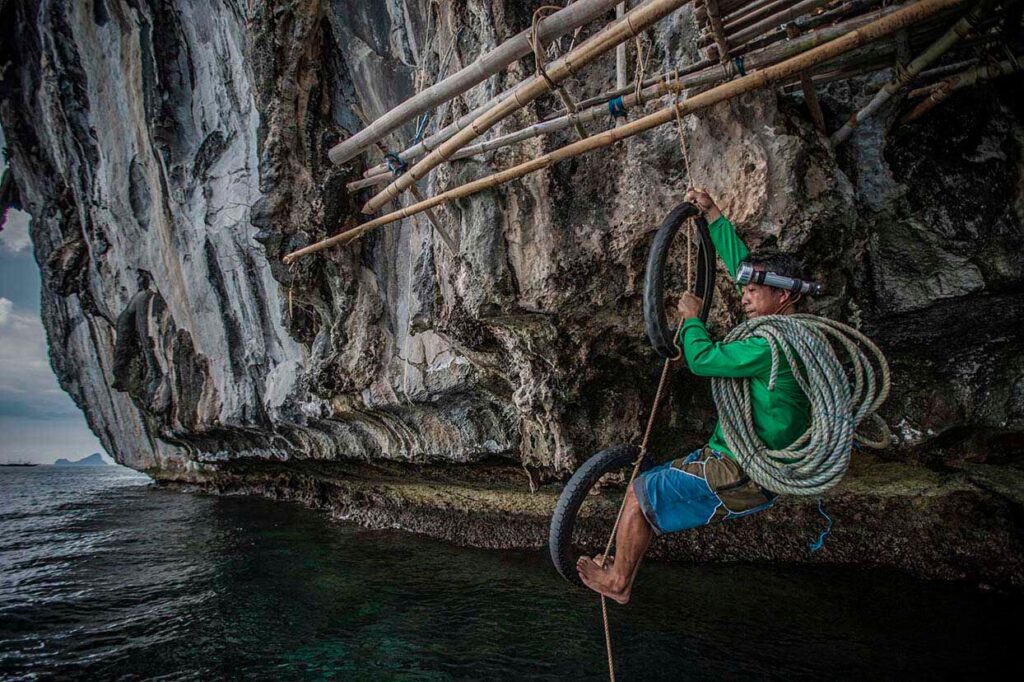
I would like to make a final note on the ongoing Covid-19 pandemic: We are monitoring the entry restrictions for the Philippines. At the time of writing, borders throughout East Asia remain closed to non-resident foreign visitors but we will be constantly monitoring entry requirements in the time ahead. Rest assured that Better Moments has a money back policy, if the workshop must be delayed or canceled. When borders open, we will be required to
obey Philippines’ entry restrictions and viral mitigation policies in place to ensure that travel to Palawan is entirely safe for participants and local Filipinos alike.
Text by James Whitlow Delano
Sign up for our newsletter to make sure you won’t miss any future blog posts.
More about James Whitlow Delano? Click here!


